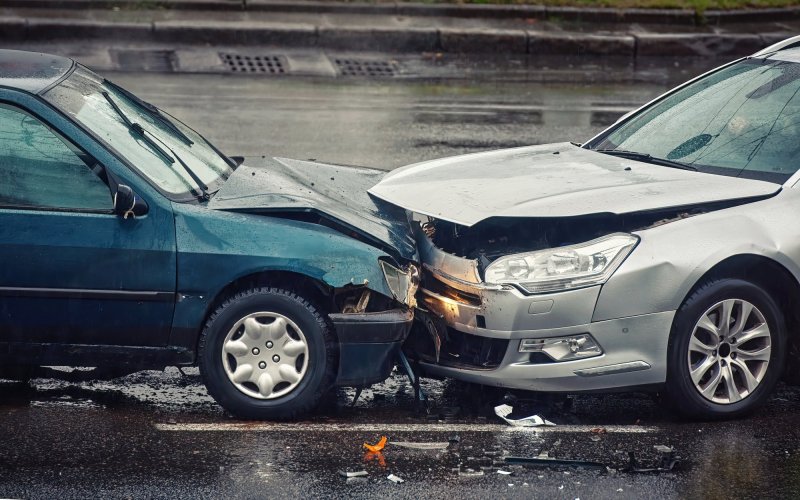We probably intuitively know that there will be a difference when two small passenger cars collide and when a passenger car collides with a truck. It is obvious that the result of the collision is somehow related not only to the speed but also to the mass of both bodies. Therefore, we must include both the speed of both bodies and their mass in similar situations.
We describe the speed and mass of a body collectively by a quantity called momentum (we denote it by the letter p and calculate it by multiplying the speed and mass of the given body). So we have a quantity that describes the movement of a body more precisely than just its speed. What will happen to the momentum in a collision? Simply — it will still be the same. The surrounding world, which we have described well with the help of physical laws, quite understandably behaves in such a way that nothing can be lost in it. The fact that nothing just disappears or doesn’t just appear is described by the laws of preservation and one of the quantities that exists in the world (and in the universe) in the same way, is momentum. For example, if we hit 1 ball in billiards, it will transfer its momentum to the other balls during all collisions and the total momentum of all the balls will still be the same and equal to the value of the momentum that the original ball had (as is usual in physics, we simplified the situation again by the fact that there are no losses). So, if 2 cars collide, their velocities won’t be added/subtracted but their momentum will. If there were 2 identical cars travelling at the same speed, they would have 2 identical momentums (just with the sign reversed because they are moving against each other) and the resulting momentum would be zero. The cars would stop after the collision. If it turns out differently, the total momentum of both cars is still the same. The result will also differ depending on whether the cars bounce or merge after the collision. But the solution is still the same relationship The momentum of the cars before the collision is the same as the momentum after the collision. Perhaps someone will argue that we cannot apply the law of conservation of momentum to this situation, since it only applies in ideal conditions without drag forces. Yes, for a rough estimate of what will happen and the calculation of velocities, the law of conservation is enough for us. If we want the results to be more accurate (for example, as in the case of billiards, where the ball always stops and does not move indefinitely), we also take into account the law of conservation of energy. Combining these two conservation laws will make the result much more accurate (but of course at the cost of a slightly more complex solution procedure).
Want to ask something?
Send us an e-mail with the subject “Physics mysteries” to the address:
We can't wait to tackle your interesting questions!





